Filter by
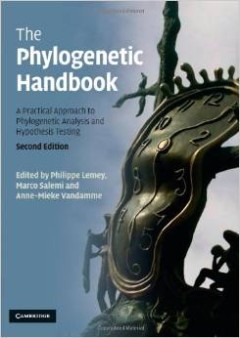
The phylogenetic handbook : a practical approach to phylogenetic analysis and…
The Phylogenetic Handbook is a broad, hands on guide to theory and practice of nucleotide and protein phylogenetic analysis. This second edition includes six new chapters, covering topics such as Bayesian inference, tree topology testing and the impact of recombination on phylogenies, as well as a detailed section on molecular adaptation. The book has a stronger focus on hypothesis testing than…
- Edition
- 2nd
- ISBN/ISSN
- 9780521730716
- Collation
- xxvi, 723 p. : ill. : ind. ; 26 cm.
- Series Title
- -
- Call Number
- 578.012 Phy
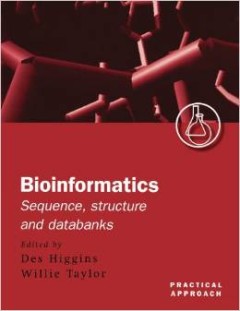
Bioinformatics : sequence, structure, and databanks : a practical approach
This volume covers practical important topics in the analysis of protein sequences and structures. It includes comparing amino acid sequences to structures comparing structures to each other, searching information on entire protein families as well as searching with single sequences, how to use the Internet and how to set up and use the SRS molecular biology database management system. Finally,…
- Edition
- -
- ISBN/ISSN
- 9780199637904
- Collation
- xx, 249 p. : ill. : ind. ; 26 cm.
- Series Title
- -
- Call Number
- 572.8 Bio
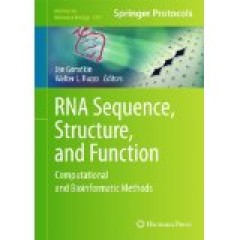
RNA sequence, structure, and function: computational and bioinformatics methods
The existence of genes for RNA molecules not coding for proteins (ncRNAs) has been recognized since the 1950's, but until recently, aside from the critically important ribosomal and transfer RNA genes, most focus has been on protein coding genes. However, a long series of striking discoveries, from RNA's ability to carry out catalytic function, to discovery of riboswitches, microRNAs and other…
- Edition
- -
- ISBN/ISSN
- 9781627037082
- Collation
- -
- Series Title
- -
- Call Number
- 572.80285 Gor r
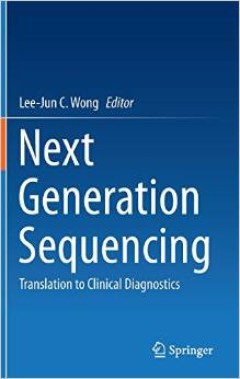
Next generation sequencing : translation to clinical diagnostics
In recent years, owing to the fast development of a variety of sequencing technologies in the post human genome project era, sequencing analysis of a group of target genes, entire protein coding regions of the human genome, and the whole human genome has become a reality. Next Generation Sequencing (NGS) or Massively Parallel Sequencing (MPS) technologies offers a way to screen for mutations i…
- Edition
- -
- ISBN/ISSN
- 9781461470007
- Collation
- xi, 302 p. : ill. : ind. ; 24 cm.
- Series Title
- -
- Call Number
- 572.8 Nex
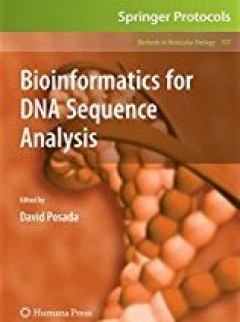
Bioinformatics for DNA sequence analysis
The recent accumulation of information from genomes, including their sequences, has resultednotonlyinnewattemptstoansweroldquestionsandsolvelongstandingissues inbiology,butalsointheformulationofnovelhypothesesthatarisepreciselyfromthis wealth of data. The storage, processing, description, transmission, connection, and analysis of these data has prompted bioinformatics to become one the most rel…
- Edition
- -
- ISBN/ISSN
- 9781588299109
- Collation
- xiii, 354 p. : ill. : ind. ; 27 cm.
- Series Title
- -
- Call Number
- 572.8 Bio
 Computer Science, Information & General Works
Computer Science, Information & General Works  Philosophy & Psychology
Philosophy & Psychology  Religion
Religion  Social Sciences
Social Sciences  Language
Language  Pure Science
Pure Science  Applied Sciences
Applied Sciences  Art & Recreation
Art & Recreation  Literature
Literature  History & Geography
History & Geography